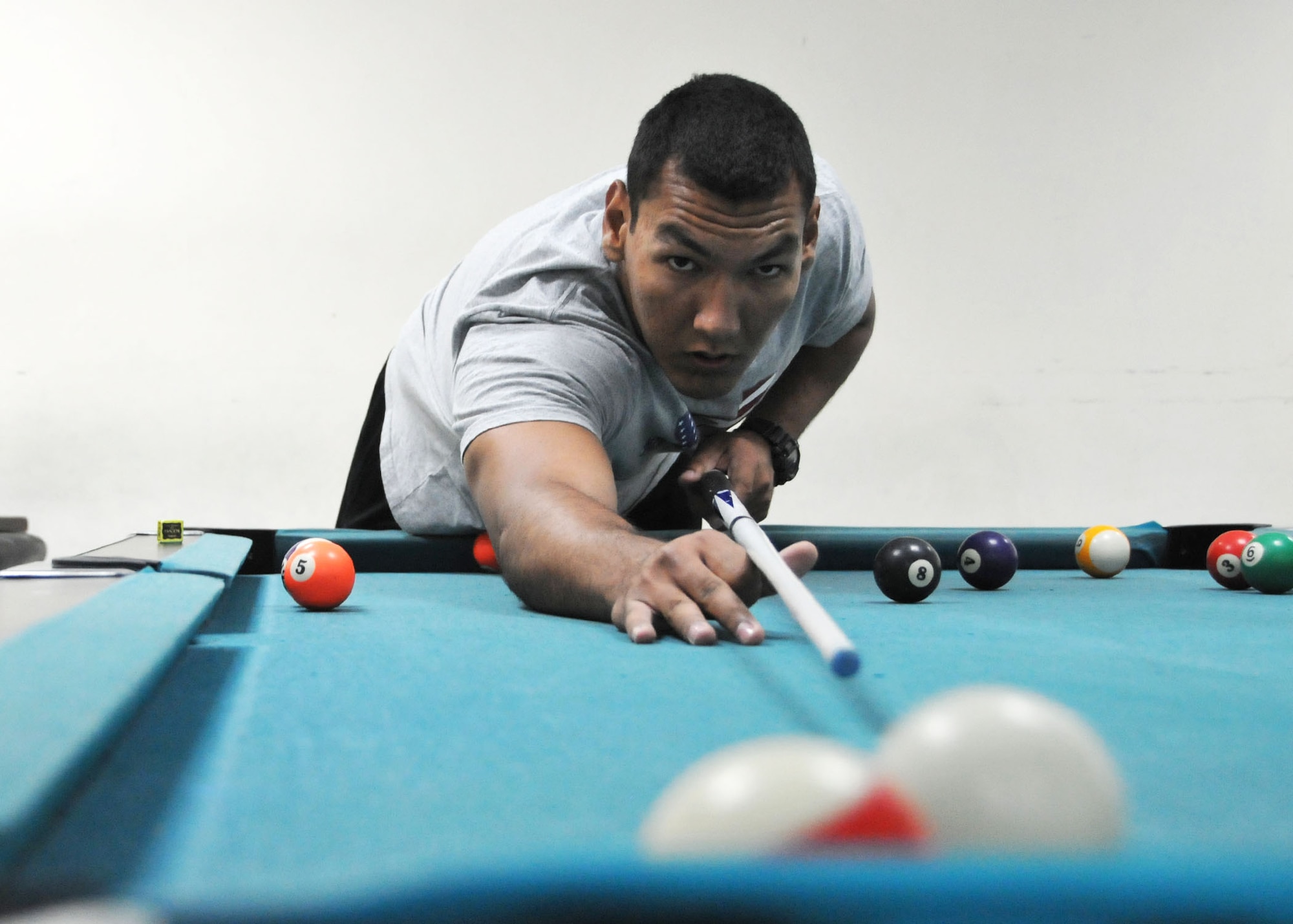What Is Billiards Secrets Revealed
페이지 정보

본문
Pool is normally played with one black ball, seven yellow balls, seven red balls, and a white cue ball, however, the number of balls used depends on the game. The white and yellow balls are cue balls. The red balls are worth one point each, while the yellow is worth two, the green three, the brown four, the blue five, the pink six, and the black seven. Neville Chamberlain, a lieutenant, wanted to modify certain things about the "black pool." The game involves one black ball and 15 red ones. And because those balls were newly introduced into the game, he called his version of "black pool" as a snooker. The name "handicap" was taken from an ancient English game, to which Pepys, in his Diary under the date of the 18th of September 1660, thus refers: "Here some of us fell to handicap, a sport that I never knew before, which was very good." This game, which became obsolete in the 19th century, was described as early as the 14th in Piers the Plowman under the name of "New Faire." It was originally played by three persons, one of whom proposed to "challenge," or exchange, some piece of property belonging to another for something of his own.
However, playing English billiards on a normal-sized pool table at home is perfectly acceptable. Learning how to play this game can broaden your billiard playing skills and give you more options when you want to play a game of billiards or pool. At seven o'clock he entered the tailor's shop once more. Meanwhile, when talking about pool, it’s often seen as the same game as billiards, but pool is more known outside the United States, including Australia. The game of pocket billiards, or pool, which uses six large pocket openings, is primarily the game played on the American continents and, in recent years, has been played in Japan. Snooker uses a table that has six pockets, but the table is generally larger than pool tables. Pool can be played with eight balls, which consist of 15 balls. The billiard balls, formerly made of ivory or Belgian clay, are now usually plastic; they each measure from about 21/4 to 23/8 inches (5.7 to 6 cm) in diameter, the larger balls being used in carom billiards.

The small end of the cue, with which the ball is struck, is fitted with a plastic, fibre, or ivory reinforcement to which is cemented a leather cue tip. A specific number of balls, cue balls, and cue sticks are used to play these games. You also need six object balls, which are numbered, along with one cue ball. STRAIGHT POOL RULES The cue ball does not make contact with an object ball. Contact us today and become an owner of a pool table from an award-winning team of professional craftsmen. Just like with most games, the player or team with the highest score wins. A player continues at the table for as long as he succeeds in scoring. The billiard table also underwent modification since players had to keep picking up balls on the ground. To better grasp the basics of billiards, observe professional billiards players in action through matches and tournaments. In the game of billiards, there are only three balls used. What are Billiards, Pool, what is billiards and Snooker? If you’re playing pool, the game can be played in different ways because of the many pool variants out there. In a call-pocket game or straight pool, you can choose which ball to pocket.
Losing Hazard: You score if you hit the other cue ball, which should then hit the red ball and pocket the ball to get three points. Cannon: Hit the cue ball to hit the other cue ball and then hit the red ball next to get two points. The objective is not to hit the red ball but see whose cue ball stops the closest to the red ball. Hit the cue ball using the other cue ball and then target the red ball, which should not be pocketed to earn two points. There are no combo shots, kick shots and kiss shots in this variation of pool; the cue has to hit the object ball directly. Similar to other disciplines, cue sports are under constant evolution. HANDICAP (from the expression hand in cap, referring to drawing lots), a disadvantageous condition imposed upon the superior competitor in sports and games, or an advantage allowed the inferior, in order to equalize the chances of both. The two players then placed their right hands in a cap, or in their pockets, in which there was loose money, while the umpire proceeded to describe the two objects of exchange, and to declare what sum of money the owner of the inferior article should pay as a bonus to the other.
- 이전글Five Things You're Not Sure About About Symptoms Of Depression Bipolar 24.09.08
- 다음글жазба деректер деген не - жазба дерек перевод 24.09.08
댓글목록
등록된 댓글이 없습니다.
